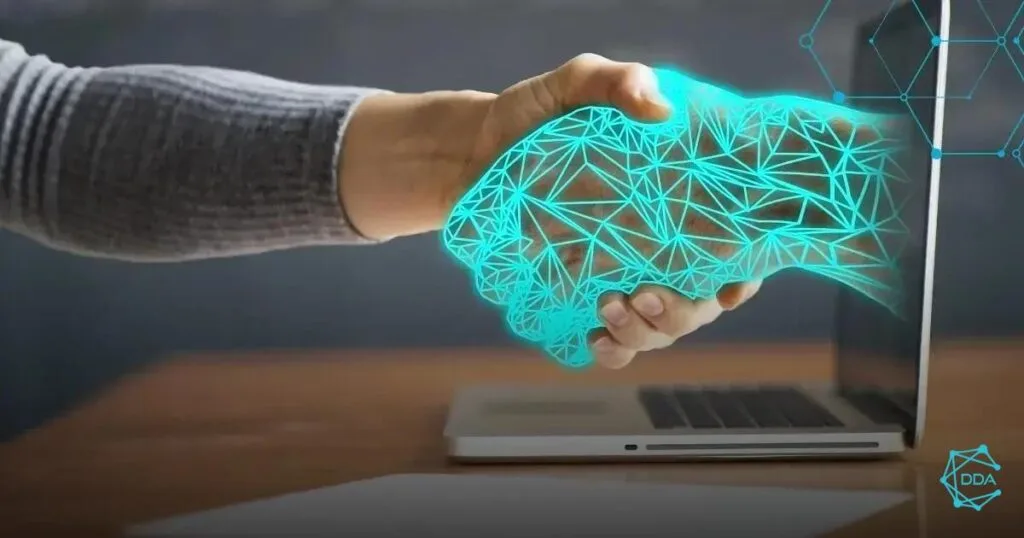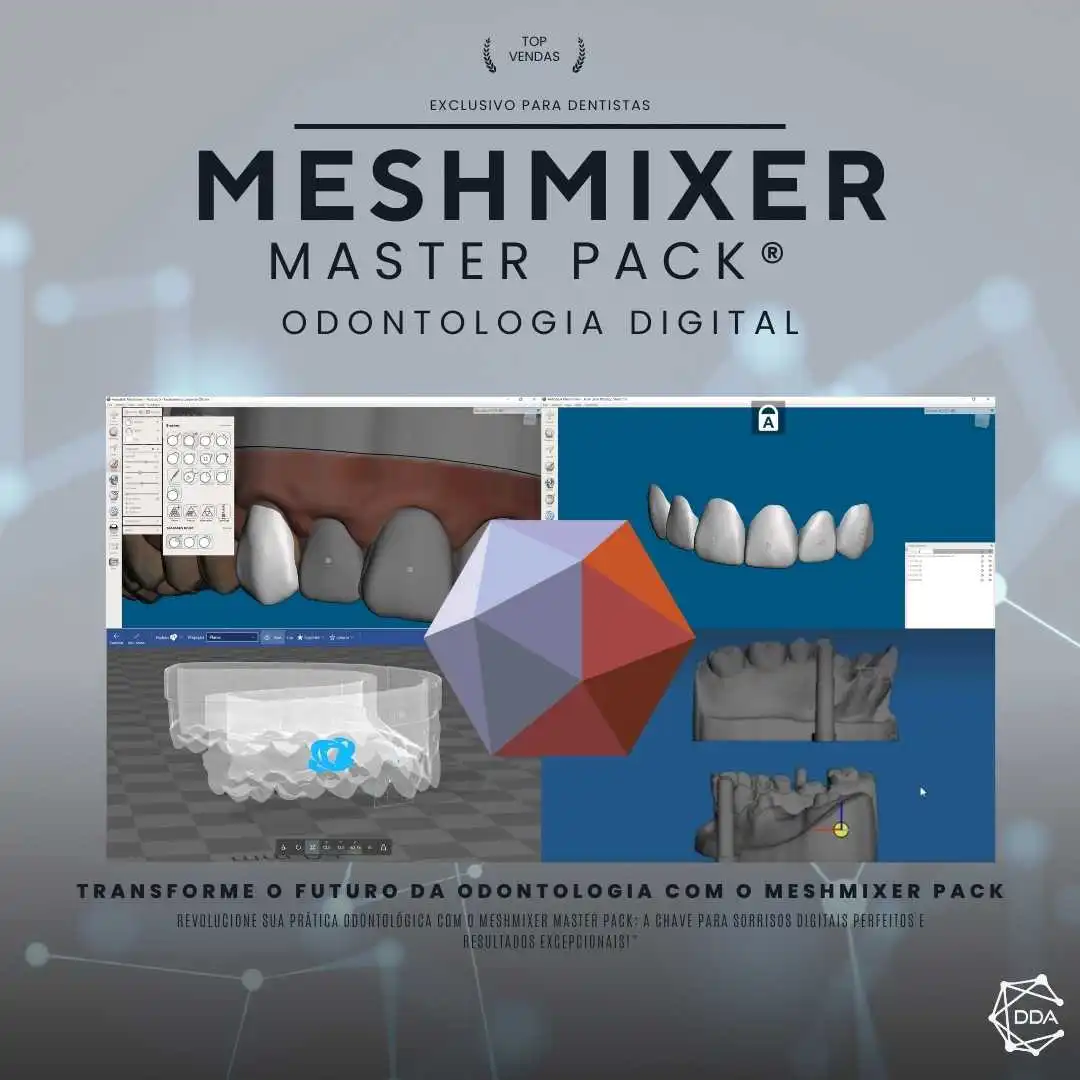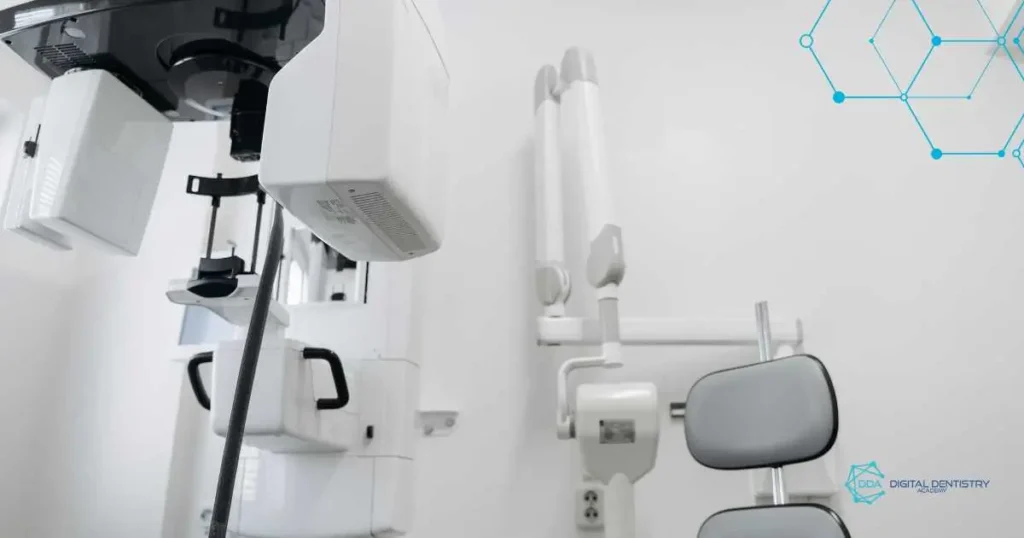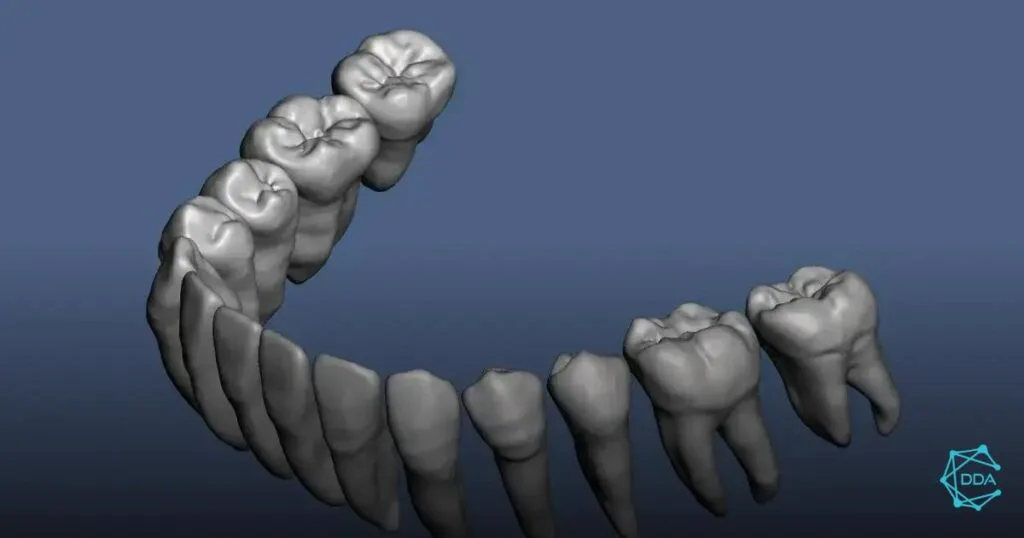A training in digital dentistry is essential for professionals who want to stand out in the field. With the advancement of technologies, digital dentistry offers tools that improve practice and patient experience. In this article, we will explore the main aspects of this training, its advantages and how it can revolutionize your career.
What is Digital Dentistry?
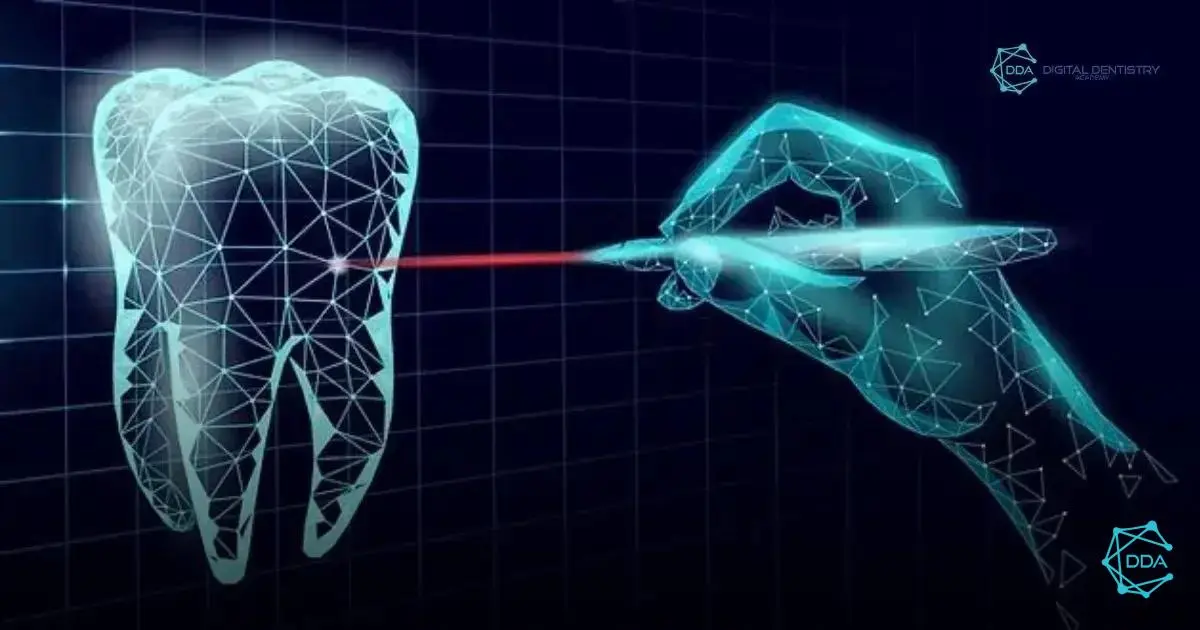

A digital dentistry refers to the application of digital technologies in various aspects of dental practice. This includes the use of software, equipment and techniques that facilitate the diagnosis, planning and execution of treatments. Among the main tools are intraoral scanners, digital radiographs and 3D modeling software.
These innovations allow dentists to perform procedures more accurately and efficiently. For example, intraoral scanners capture digital images of a patient’s mouth, eliminating the need for traditional impressions, which can be uncomfortable.
Additionally, digital dentistry promotes more effective communication between professionals and patients. With digital models, it is easier to visualize and explain treatment plans, increasing patient understanding and confidence.
In short, digital dentistry not only transforms the way dentists work, but also improves the overall patient experience by making treatments faster and less invasive.
Advantages of Digital Dentistry
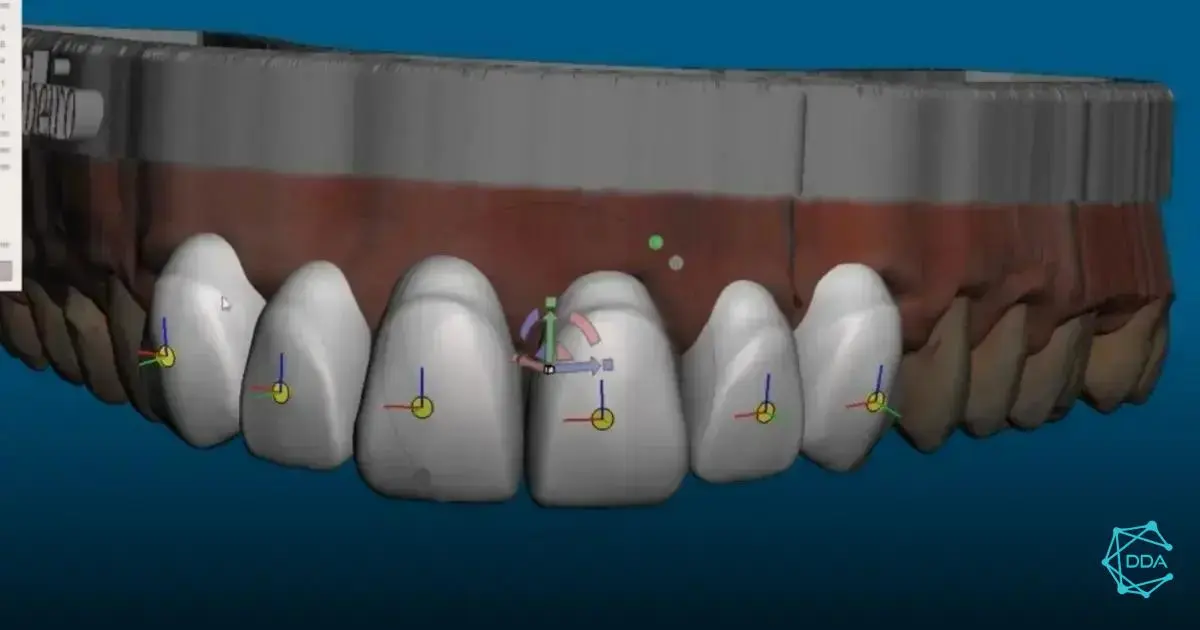

A digital dentistry offers a number of advantages that can transform dental practice and improve the patient experience. One of the main advantages is the precision. Using digital technologies such as intraoral scanners and modeling software, dentists can make more accurate diagnoses and create personalized treatments.
Another significant advantage is the efficiency. Digital processes reduce the time spent on procedures, allowing dentists to see more patients and perform complex treatments more quickly. For example, 3D printing of dentures and orthodontic appliances is faster and more accurate than traditional methods.
A communication is also enhanced in digital dentistry. With digital models and images, dentists can better explain treatment plans to patients, increasing their understanding and confidence in the proposed interventions.
Furthermore, the patient comfort is an important factor. Digital procedures, such as the elimination of traditional molds, make treatment less invasive and more enjoyable, reducing patient anxiety.
Finally, the sustainability in digital dentistry is an equally important advantage. Reducing the use of disposable materials and reducing waste are significant contributions to a healthier environment.
How to Choose a Training Course


Choose one digital dentistry training course is a crucial decision for professionals who want to specialize in this growing area. Here are some tips to help you make your choice.
First, check the credibility of the institution. Research the reputation of the school or university, read reviews from former students and check if the institution is recognized by the Ministry of Education.
Then analyze the course curriculum. A good course should cover the main technologies and tools used in digital dentistry, such as intraoral scanners, digital design software, and 3D printing. Make sure the program includes both theory and practice.
A teachers' experience is also an important factor. Professors with practical experience in the field can offer valuable insights and guidance, as well as help you build a network of professional contacts.
Another aspect to consider is the course flexibility. In-person, online, or hybrid learning options may best suit your needs and schedule. Check whether the course offers the possibility of combining studies with professional practice.
Finally, don't forget to investigate the internship opportunities or partnerships with clinics and offices. Practical experience is essential to apply the knowledge acquired and stand out in the job market.
Technologies Used in Digital Dentistry
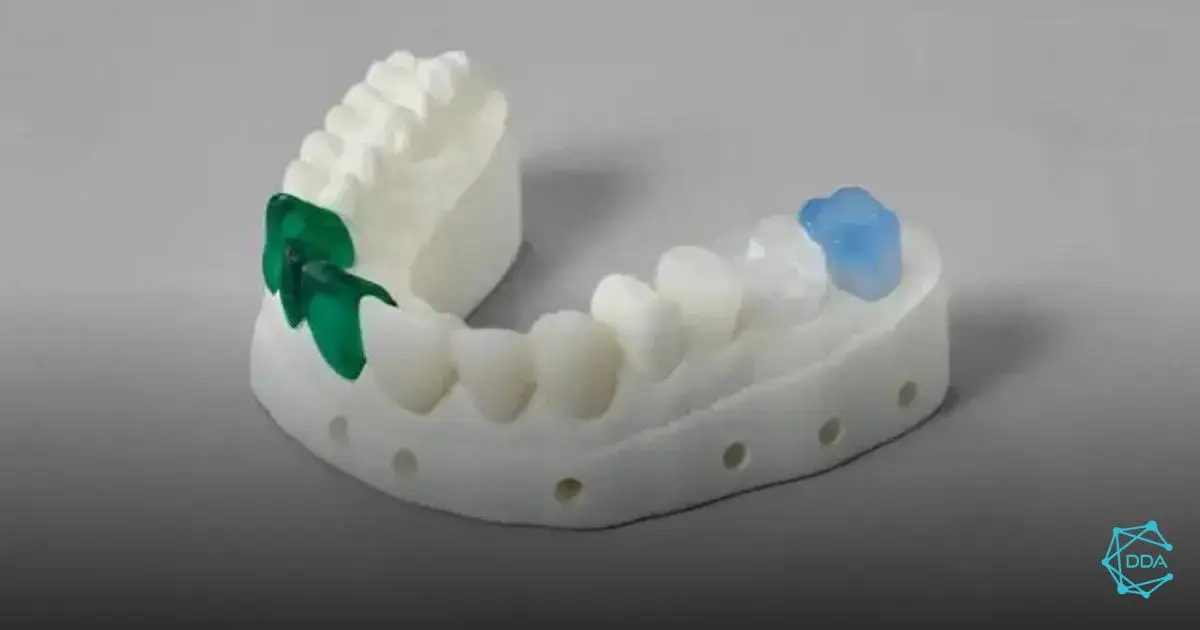

A digital dentistry utilizes a variety of advanced technologies that transform the way dentists perform diagnoses and treatments. Here are some of the key technologies employed in modern dental practice.
One of the best known is the intraoral scanner. This device captures digital images of the patient's mouth, creating an accurate 3D model of the teeth and gums. This eliminates the need for traditional molds, providing greater patient comfort and increasing the accuracy of treatments.
Another important technology is the digital radiography. With this system, images are captured and displayed instantly on a computer, allowing for faster and more effective diagnoses. In addition, the radiation dose required is significantly lower than with conventional radiographs.
You computer-aided design software (CAD/CAM) also play a crucial role in digital dentistry. They enable dentists to design and fabricate restorations, such as crowns and veneers, quickly and accurately, often in the same day.
A 3D printing is another revolutionary technology in digital dentistry. With it, it is possible to create models, surgical guides and personalized prosthetics with high precision and in a short space of time. This not only improves the quality of treatment but also reduces waiting times for patients.
Finally, the teleodontology is gaining prominence, especially with the rise of remote consultations. This technology allows dentists to conduct remote evaluations and consultations, providing access to dental care to patients who may be in remote areas.
The Future of Dentistry with Digitalization


The future of dentistry is increasingly linked to digitalization, which promises to revolutionize the way professionals practice and how patients experience treatments. As technologies continue to advance, digital dentistry is expected to become the norm rather than the exception.
One of the most exciting trends is the artificial intelligence (AI) integration in dental practice. AI can help analyze patient data, identify problems, and even create personalized treatment plans. This not only increases accuracy but also improves the efficiency of clinical processes.
Furthermore, the augmented reality (AR) and the virtual reality (VR) are beginning to be incorporated into education and clinical practice. These technologies can be used for procedural simulations, allowing students to practice in a virtual environment before seeing real patients, increasing confidence and competence.
Another important aspect is the connectivity. Digital dentistry is moving toward a more collaborative model where dentists, orthodontists and other oral health professionals can share information in real time, resulting in a more integrated and holistic approach to patient care.
Finally, it is expected that the patient experience be further enhanced. With technologies such as online scheduling, virtual consultations and digital communication, patients will have more control over their care, which can lead to greater satisfaction and adherence to treatments.
In short, digitalization in dentistry is not just a passing trend, but a transformation that promises to improve the quality of care and patient experience, significantly shaping the future of the industry.

